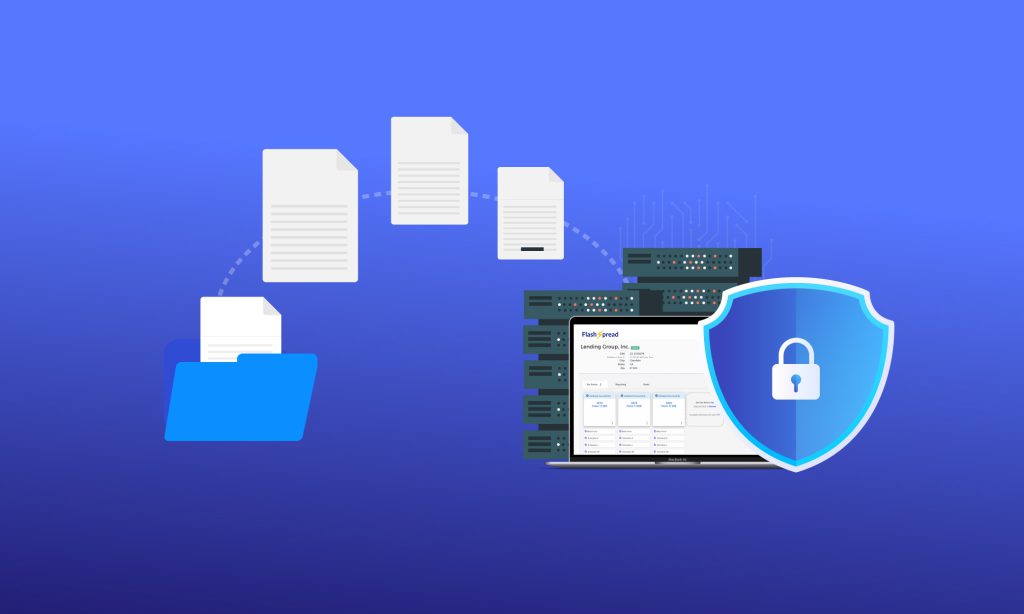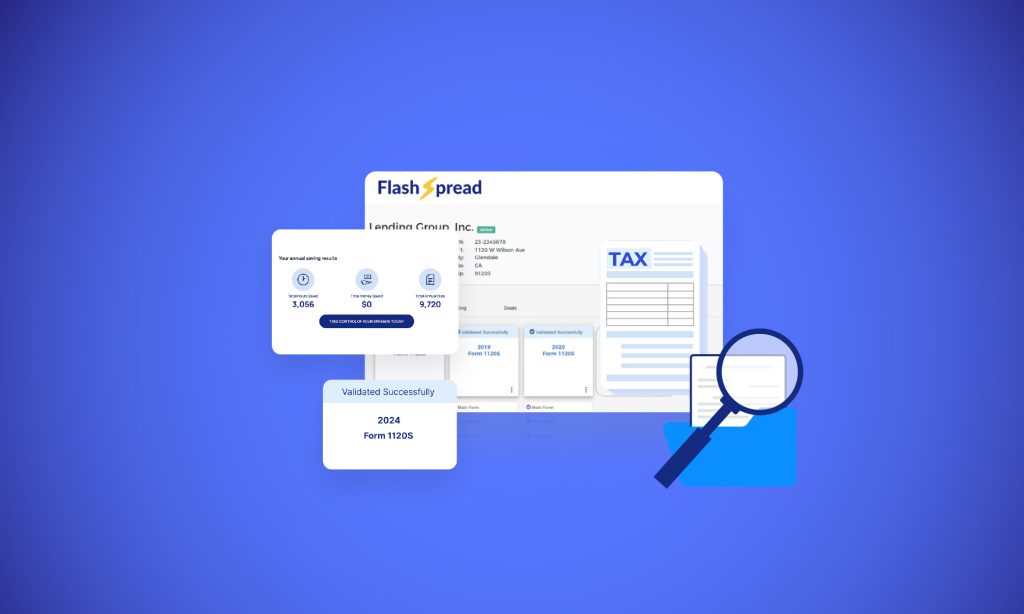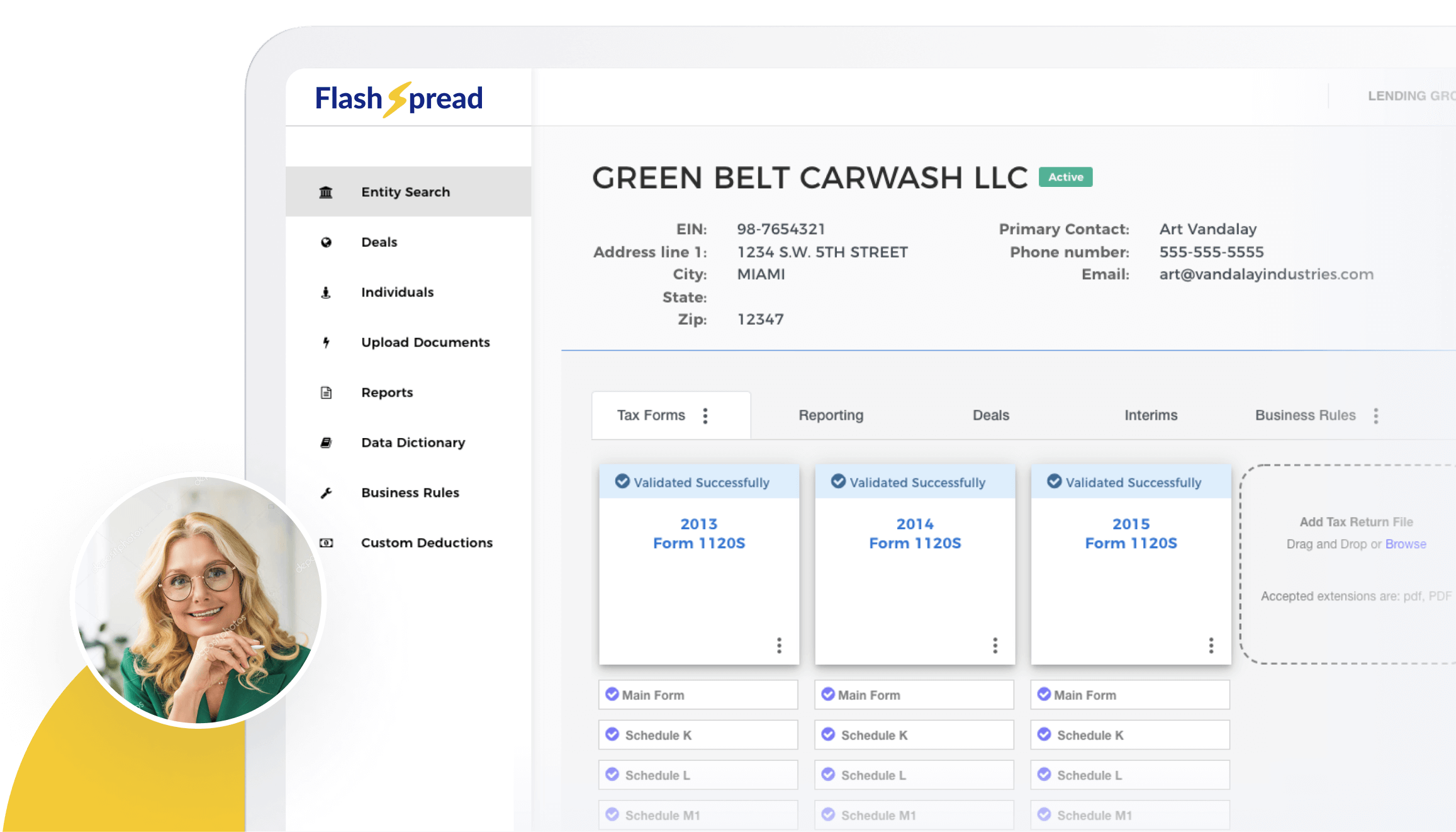Automated financial spreading has become a go-to solution for commercial lenders under pressure to deliver faster credit decisions and streamline internal workflows. But while the benefits are clear, which is less manual data entry, faster turnaround times, and more scalable operations, there’s one growing concern that many don’t address early enough: data security.
What happens when sensitive borrower documents are parsed, uploaded, and processed by automation tools? Who has access to that data? And how do you ensure security without sacrificing speed?
These questions are becoming critical as automation becomes more embedded in the lending process. In this blog, we break down the risks, regulations, and best practices every lender should follow to keep borrower data safe, while still reaping the full benefits of automated financial spreading.
Quick Take: What You’ll Learn
- Why it matters: Sensitive borrower and financial data moves fast in automated credit analysis. Without strong security practices, that speed can open up vulnerabilities.
- The risk areas: Data access permissions, third-party integrations, poor encryption, and lack of audit trails are top concerns in spreading workflows.
- What to do: Implement access controls, encryption, regular audits, and choose automation tools that prioritize security and compliance from the ground up.
Table of Contents
Why Data Security Can’t Be an Afterthought in Automation
Traditional financial spreading, manually reviewing tax returns and keying in line items, was time-consuming but relatively contained. As lenders adopt automation tools to reduce turnaround time and manual work, the efficiency gains are clear. However, automation often increases the surface area where data is handled, transferred, and stored. That means more potential access points, more integrations, and more chances for a data mishap if the right controls aren’t in place.
In commercial lending, data breaches don’t just result in IT cleanups, they can lead to:
- Regulatory penalties for violating data protection laws
- Damaged borrower trust and brand reputation
- Lost business from partners who require secure data handling
According to an IBM report, the average cost of a data breach in the financial sector is over 5.9 million USD, with 51% of breaches caused by malicious attacks. That figure underscores the need for proactive, embedded data protection strategies in every automated process.

Where Risk Shows Up in Automated Spreading
As more lenders adopt tools to digitize and accelerate their credit decisioning workflows, these common risk zones often go unnoticed:
- Uncontrolled User Access: Who can view, edit, or export sensitive data? Without role-based access control, any employee, or worse, an outsider, could gain access to borrower financials.
- Insecure Integrations: APIs and connections between your spreading tool and LOS or CRM systems must be protected. Poorly secured integrations can become attack vectors for cybercriminals.
- Weak Encryption Practices: If data is not encrypted both at rest and in transit, it’s vulnerable to interception or unauthorized access. Financial documents must be protected during every step of the workflow.
- Lack of Audit Trails: When a breach occurs, audit logs provide the who/what/when trail that helps you respond. If those logs aren’t clear or well-maintained, you’re flying blind in a crisis.
- Use of Outdated or Unsupported Software: Legacy tools or open-source systems that aren’t regularly updated with security patches can leave backdoors open for data leaks.
Best Practices for Data Security in Automated Financial Spreading
Protecting data doesn’t mean slowing down innovation. With the right practices and automation tools, lenders can accelerate workflows while protecting borrower information at every touchpoint. These best practices let commercial lenders secure their workflows while continuing to move quickly.
Implement Role-Based Access Control (RBAC)
Start by ensuring that each user can only access the information they need. With role-based controls, users are segmented by function, such as admin, portal, widget, or statistics access; so someone in one area can’t access data or tools in another. This structure helps limit exposure to sensitive financial data and minimizes the risk of internal misuse.
Use End-to-End Encryption
All borrower documents and data should be protected in transit using industry-standard SSL/TLS encryption protocols. While not all platforms store sensitive data long term, any retained information, such as login credentials, should be hashed securely. Prioritize automation platforms that follow these standards to protect your workflows during data transfer and storage.
Conduct Regular Risk Assessments
Annual (or quarterly) risk audits can help identify weak points in your data handling systems. These assessments should include penetration testing, compliance checks, and an evaluation of third-party vendors.
Subscribe to BeSmartee 's Digital Mortgage Blog to receive:
- Mortgage Industry Insights
- Security & Compliance Updates
- Q&A's Featuring Mortgage & Technology Experts
Ensure Secure Integrations
Any automation tool you implement should support secure API calls, OAuth 2.0 or similar authentication methods, and robust data validation practices. This reduces the risk of data injection attacks or leaks during transfer.
Maintain Visibility Into System Activity
Visibility into platform usage is key to understanding how your data is accessed and processed. When selecting an automation platform, ensure it provides operational transparency, such as user activity metrics or platform engagement data, that supports compliance monitoring and risk detection without impacting performance.
Choosing the Right Tool: Security-First Automation

When it comes to automated financial spreading, the tool you choose matters just as much as the processes you enforce.
FlashSpread, an automated spreading solution, was built with speed, accuracy, and data protection in mind. It streamlines financial spreading by using OCR to extract and standardize data from borrower tax documents, eliminating the need for manual data entry and reducing the risk of human error.
Here’s how FlashSpread supports a secure, lender-controlled environment:
- Encrypted document uploads ensure borrower data is protected during intake, with SSL/TLS and HTTPS protocols securing every transfer.
- Temporary data retention options allow lenders to control how long sensitive files are stored, choosing between one day, one week, or one month, and after which all data is automatically deleted per user-defined settings.
- Role-based access control (RBAC) restricts platform access based on both user role and assigned portal, helping prevent unauthorized data exposure across different environments.
- Real-time activity statistics provide visibility into platform usage trends at the tenant level, giving lenders insight into operational patterns without compromising user privacy.
By combining smart automation with built-in security features, FlashSpread gives commercial lenders the confidence to scale without compromising on protection.
Roundup
Data security in automated financial spreading isn’t optional but essential. The efficiency gains lenders get from automating credit risk workflows can only be sustained if security is embedded at every step.
From role-based access controls to encryption and secure APIs, lenders must adopt best practices that future-proof their operations while safeguarding sensitive borrower information.
Worried your current spreading process is putting borrower data at risk? Contact us to see how FlashSpread helps you secure and streamline every file.




